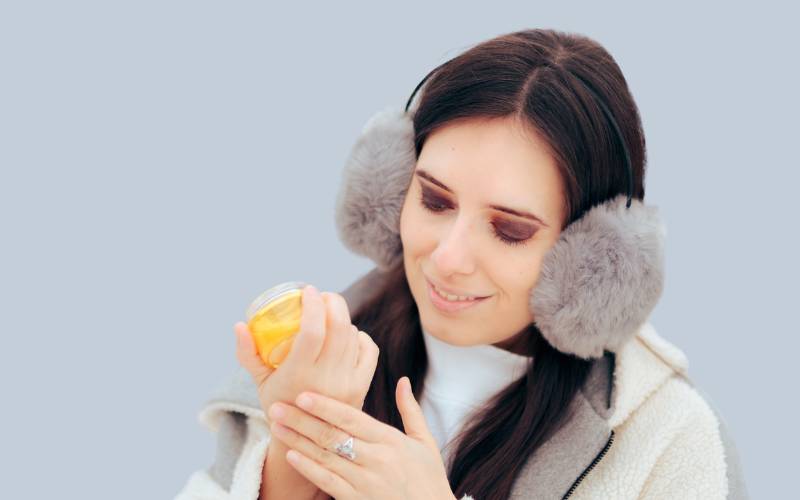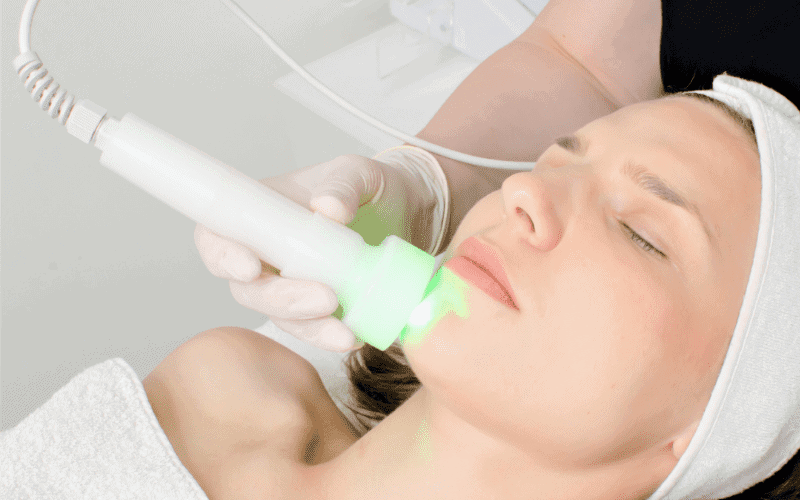Skin problems are often one of the first signs of type 2 diabetes that people notice, because they can be easier to spot than the other symptoms. If you have type 2 diabetes then you might be affected by certain kinds of skin conditions too. More than half of all people who have diabetes will have a skin condition that is linked to their diabetes at some point. Although these kinds of skin conditions can affect other people too, they are more likely to happen when you have diabetes.
How Does Diabetes Affect Your Skin?
The connection between diabetes and skin conditions exists because diabetes can affect your body in many different ways. Some of the effects of diabetes can affect your skin, increasing the risk of skin conditions such as infections.
One common issue caused by diabetes is poor circulation. When the blood flow to the skin is reduced, it can affect the ability of the skin to heal and regenerate. The skin won’t be able to produce as much collagen, which can also affect its texture and appearance.
The reduced blood flow and high blood sugar associated with diabetes can also affect the immune system. This can increase the risk of infections in the skin as well as in other parts of the body because your defences are lowered.
When the skin becomes damaged due to the reduced blood supply, it can affect sweating and make your skin more sensitive to pressure or to temperature. Your skin can also be more vulnerable if you have any nerve damage as a result of your diabetes. You might not notice small cuts or grazes right away if you can’t feel them as much, which means that they won’t be disinfected promptly to prevent infections. Cuts can also take longer to heal when you have diabetes, which can allow more time for germs to enter your body.
Skin Conditions Linked to Type 2 Diabetes
Here are the most common skin conditions that can be linked to diabetes. If you experience these kinds of skin conditions then it could be a sign that you have type 2 diabetes. If you’ve already been diagnosed with diabetes, then experiencing these kinds of skin conditions could mean that you need a change in your medication.
- Skin infections: both fungal and bacterial skin infections are more common in people who have diabetes. Common symptoms include redness, swelling and rashes. Infections can also occur in finger or toe nails.
- Diabetic blisters: blisters that look like burns and can last for several weeks. Diabetic blisters are rare but usually painless. It is important to keep the blister clean to prevent infections.
- Diabetic dermopathy: small, scaly patches of skin that are usually light brown in colour, they often appear on the shins so are also known as shin spots. This condition is caused by damage to the tiny blood vessels that supply your skin.
- Acanthosis nigricans or AN: raised areas of darker skin that usually appear on the neck, knees, elbows, groin or armpits. The skin can appear velvety. AN can often be a sign of pre-diabetes.
- Necrobiosis lipoidica diabeticorum or NLD: causes similar symptoms to diabetic dermopathy, with light brown oval or circular patches. However, with NLD the patches are usually larger, harder, itchy and sore. The patches may come and go.
- Digital sclerosis: thickened skin on the fingers and toes can cause joint stiffness. The skin may also seem tighter or look waxy. You might notice that the texture is a bit like orange peel. Sclerosis can affect other parts of the body too or start spreading from the hands or feet.
- Disseminated granuloma annulare or GA: a rash of raised bumps that can be red or itchy and usually appear on the hands or feet.
- Diabetic ulcers: if an injury doesn’t heal properly due to your diabetes, it can develop into an open sore or ulcer. This is more common on the feet and there can be a risk of infection.
You are also more likely to have dry skin if you have diabetes, which can feel itchy too. It’s important to take care of your skin and to get your diabetes under control to prevent dry skin and to reduce the chances of developing any of these skin conditions. If you notice any other kinds of skin problems then it is always worth seeing a dermatologist and mentioning the issue to the doctor treating your diabetes too.
Most of these skin conditions linked with diabetes are harmless and will go away when you get your blood sugar under control. However, it’s still important to consult a doctor so that you can get help managing your symptoms and to prevent any more serious complications. For example, an untreated skin infection could spread to other parts of your body or cause issues such as scarring.
What to Do About Skin Conditions When You Have Diabetes?
If you have diabetes then it is important to look after your skin. Make sure that you’re aware of any changes and that you check for any wounds that need to be treated to prevent infections. If you notice anything unusual then you should consult a doctor. Many skin conditions can be treated effectively, even when you have diabetes. For example, medication such as antibiotics can usually eliminate skin infections.
Skin conditions can also be a sign that your diabetes treatment isn’t working as well as it should be and that your blood sugar levels are too high, so you should also mention it to the doctor who is treating this condition. Making some changes to your diabetes treatment could help to prevent more skin conditions from developing in the future. Many of the skin conditions that are linked to diabetes will go away once you get your blood sugar under control. It can also be helpful to lose any excess weight, as this can increase the risk of some of these skin conditions.

